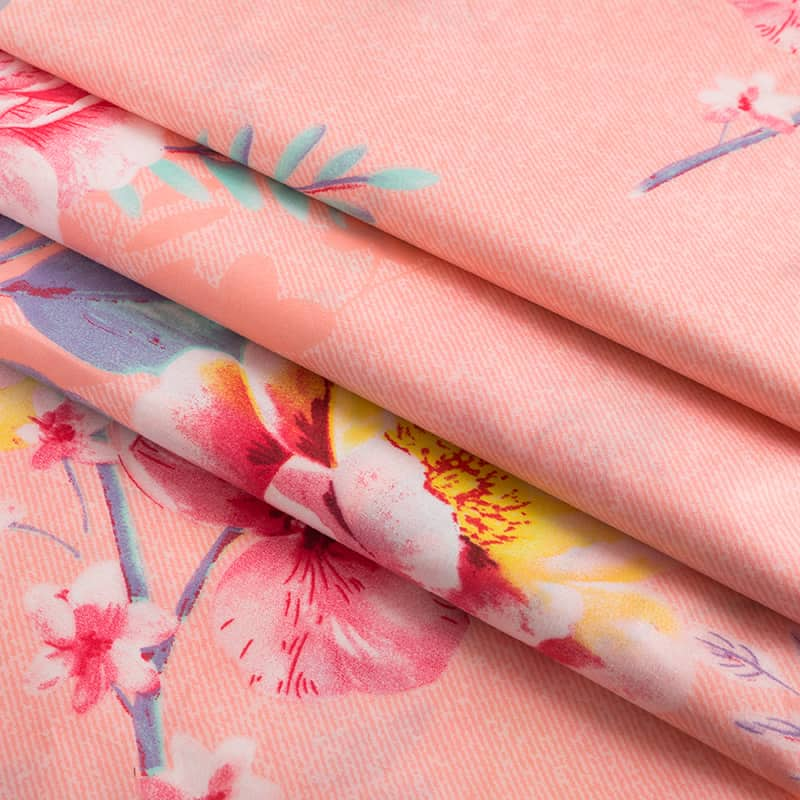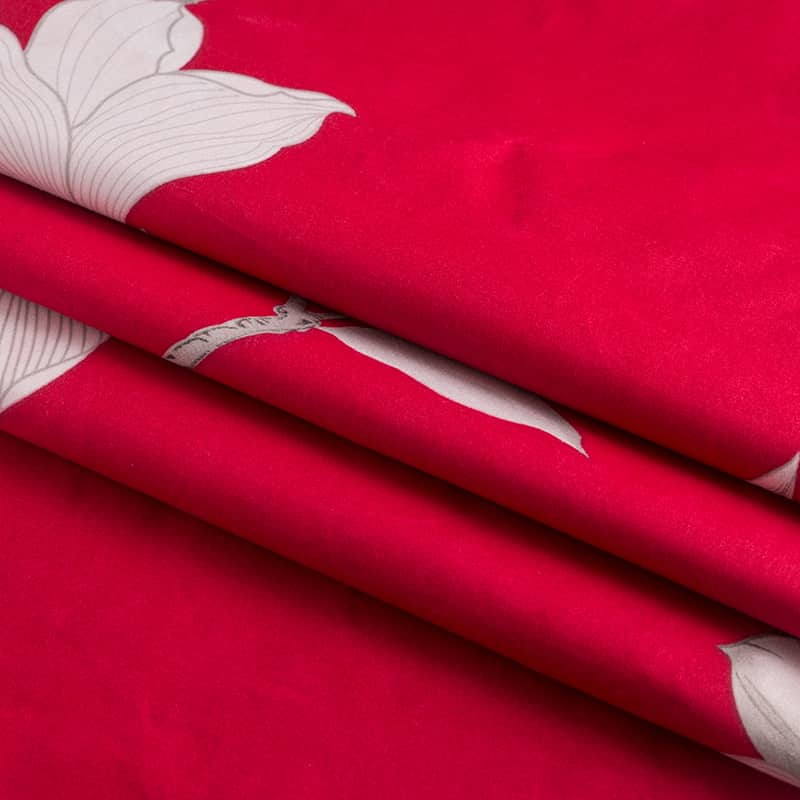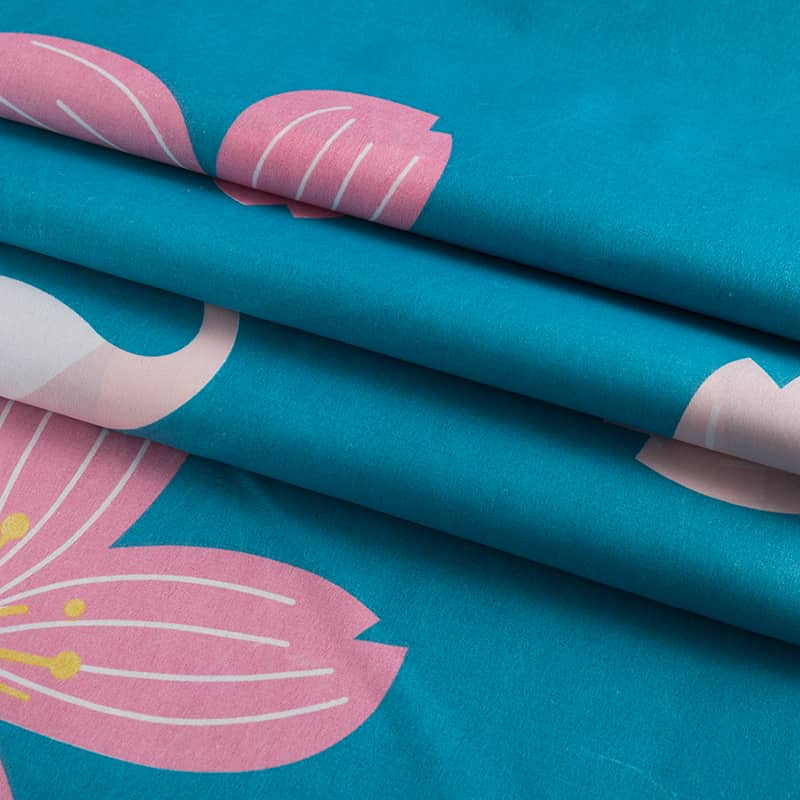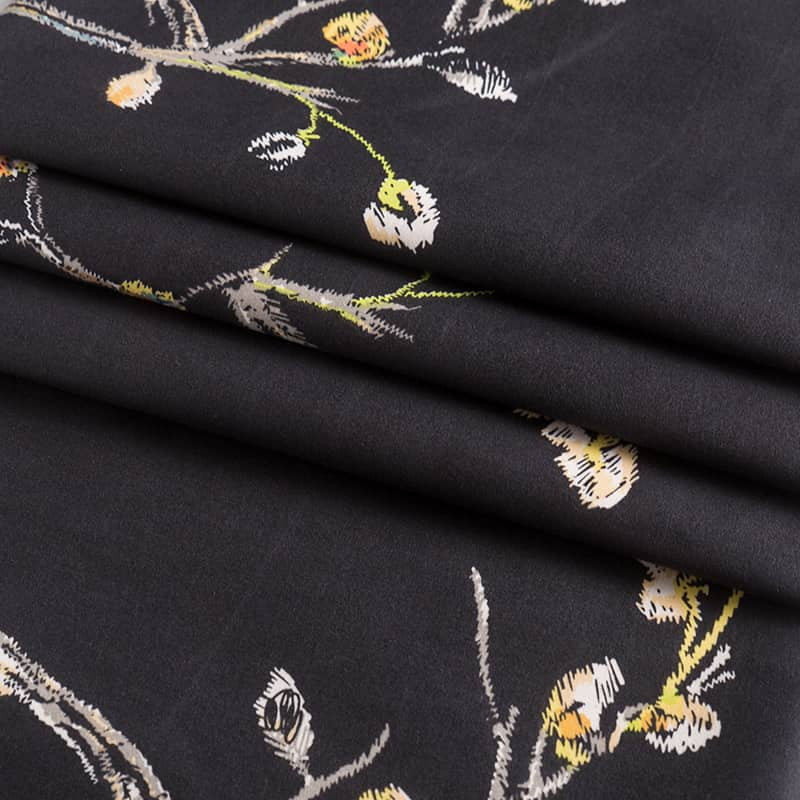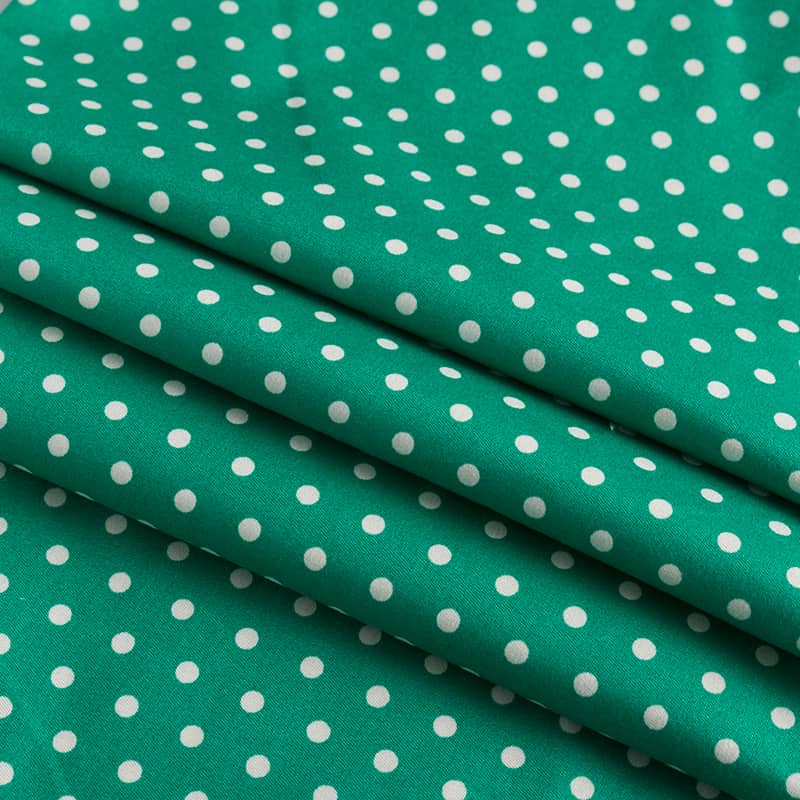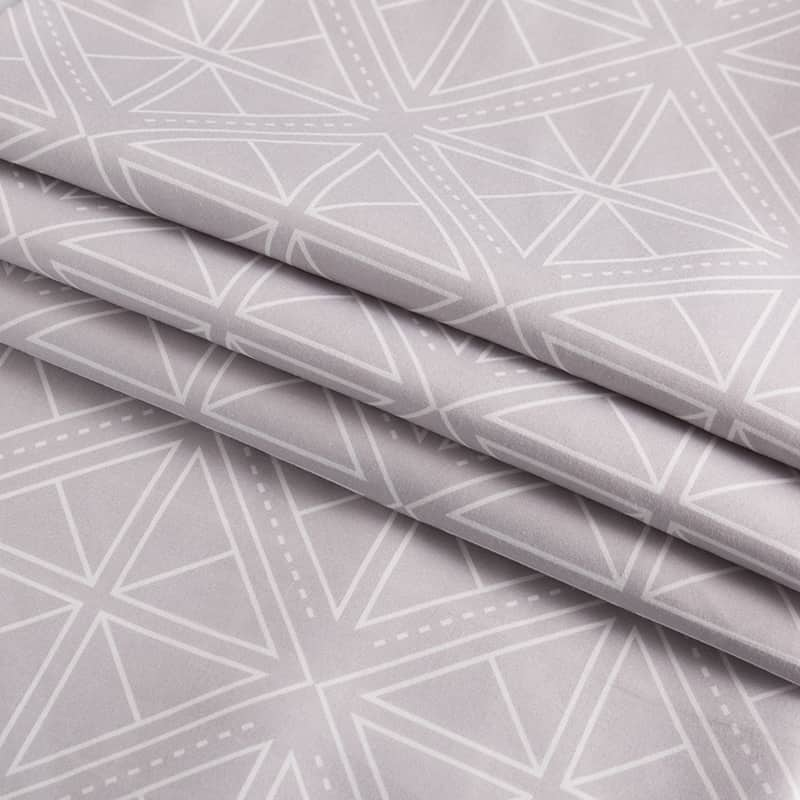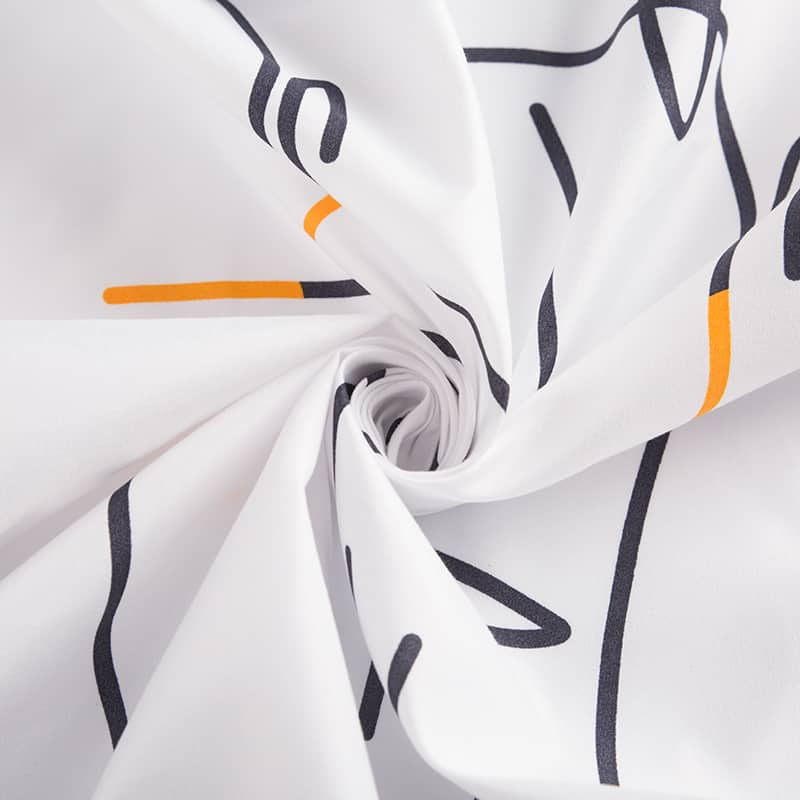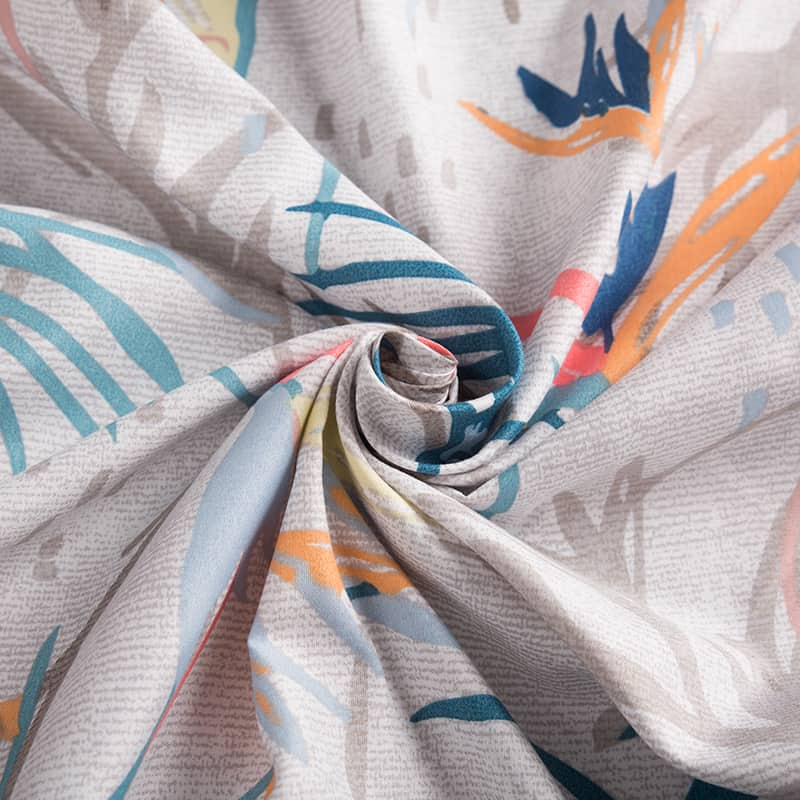Polyester is made from chemical fibers. There are two common methods for producing polyester dyed fabric. The first uses ethylene glycol and dimethyl terephthalate as starting materials. These materials are then melted in a polymerization vessel, and the polymers are spun into filaments. These filaments are then subjected to a stretching process to create polyester fabrics.
Tensile strength refers to the tensile strength of a material. For chemical fiber polyester fabrics, this strength is measured at the tensile point. It is a measure of the amount of energy a fabric can absorb before rupturing. It is also an indicator of how well the material resists instantaneous impact. It is calculated by using the formula 4 and the area under the strength-elongation curve.In addition to tensile strength, chemical fiber polyester fabrics have good elongation and recovery properties. The elongation rate can range from 14 to 23 %.
The recovery time of polyester fiber is generally in the range of 11 to 14 %.Polyethylene (PET) and polypropylene (PVC) are the two primary types of polyester. PET is the most common, but other forms are also available. The latter has a higher degree of resistance to heat and elasticity, and is more resistant to tearing. Another type of polyester is yarn, which is a combination of several materials. Most of the polyester made today is plant-based, but some is derived from petroleum.Polyethylene terephthalate (PET) was invented by British scientists inspired by American scientist W.
Carothers in the early 20th century. It was first produced by the British company Imperial Chemical Industries and later duPont, and was marketed as a "miracle fiber". The materials have excellent dimensional stability and are easier to care for than natural fibers. Unlike natural fibers, polyester fibers are also resistant to mildew, microorganisms, and moth infestations. In addition, PET fibers are easily soilable and have no dye receptors.

 英语
英语 西班牙语
西班牙语
